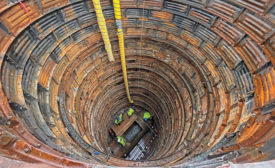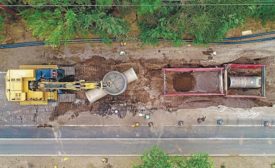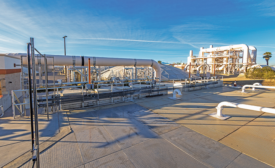Home » water/environment
Articles Tagged with ''water/environment''
ENR Mountain States 2023 Best Projects
ENR 2023 New York Best Projects
Best Project Water/Environment: Watergate Wetlands Restoration Project
November 13, 2023
ENR Midwest Best Projects 2023
Award of Merit, Water/Environment: Euclid Water Pollution Control Center Improvements
November 13, 2023
ENR Midwest Best Projects 2023
Best Project, Water/Environment: Johnson County Tomahawk Creek Waster Treatment Facility Improvements
November 13, 2023
ENR Southeast 2023 Best Projects
Merit Water/Environment - Lift Station 87 Wet Weather Flow Transfer
Read MoreENR Southeast 2023 Best Projects
Best Water/Environment - Centennial Yards Utility LDP 1+2
Read More2023 Southwest Best Projects
Award of Merit Water/Environment: Tucson Blvd. Diversion Structure
October 30, 2023
2023 Southwest Best Projects
Excellence in Safety and Award of Merit Water/Environment: Navajo Gallup Water Supply Project
October 30, 2023
2023 Southwest Best Projects
Best Water/Environment: City of Phoenix 23rd Ave. Wastewater Treatment Plant
October 30, 2023
2023 Northern California Best Projects
Best Project - Water/Environment: Silicon Valley Clean Water Gravity Pipeline Project
October 16, 2023
The latest news and information
#1 Source for Construction News, Data, Rankings, Analysis, and Commentary
JOIN ENR UNLIMITEDCopyright ©2024. All Rights Reserved BNP Media.
Design, CMS, Hosting & Web Development :: ePublishing








